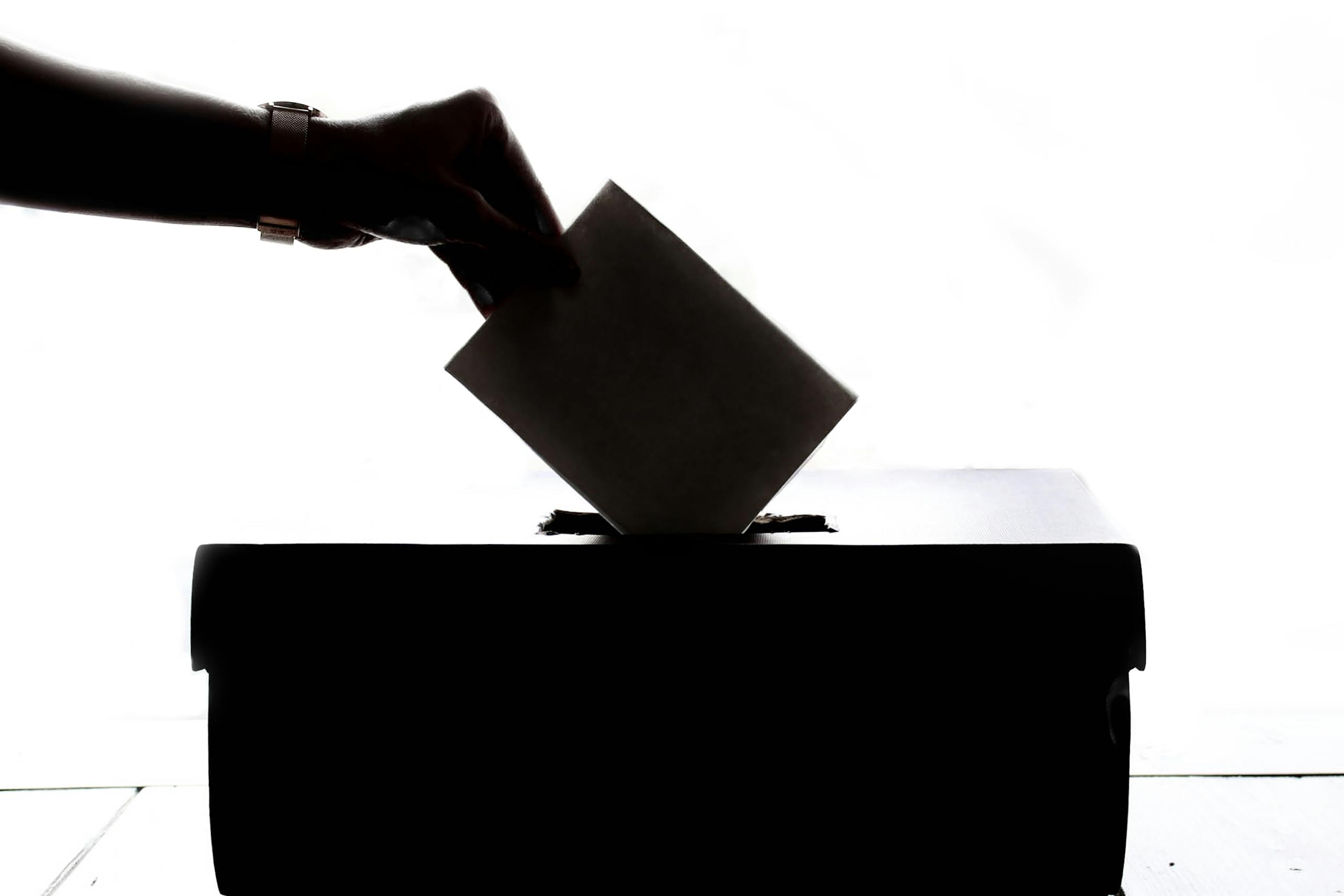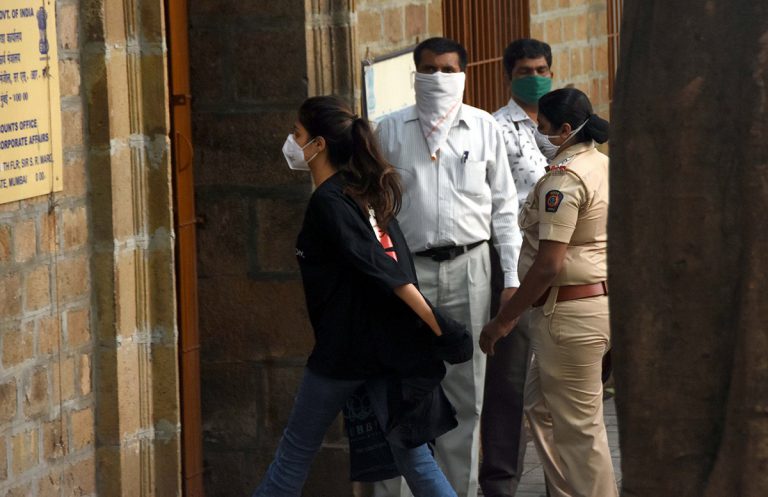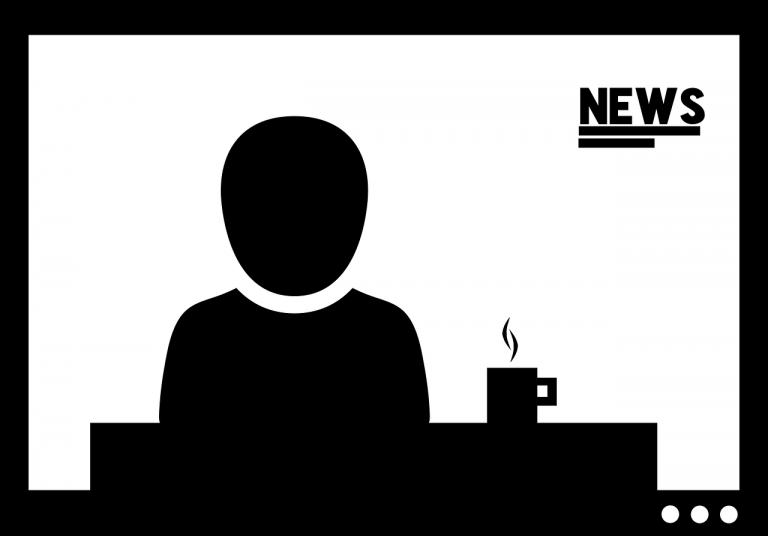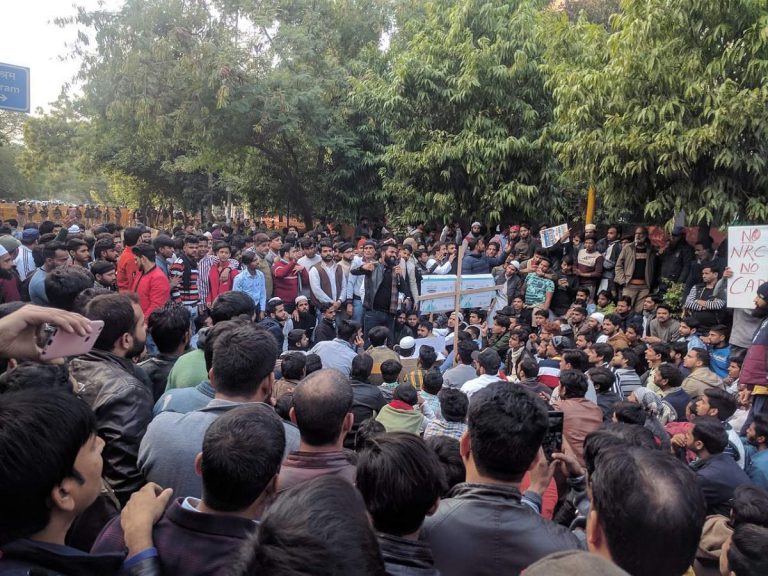Indian Voter – The final decision maker
Dr. Jayan is a ‘Contributing Writer’ at the journal.
Elections come and go, but unlike battles, the electorate is the true agent of change in a democratic society. They hold the power and exercise it wisely, cautiously and silently, choosing their representatives for parliament and local assemblies. Democratic governments must deliver on their promises as they prepare to tackle the challenges ahead. In most countries, democratically elected governments serve for five years, with notable exceptions such as the USA (four years).
When Indian voters head to the polling stations, they participate in the world’s largest democratic exercise. Despite the lasting scars of colonization, Indians have shaken off their colonial legacy and demonstrated to the world the importance of respecting and upholding the rights of the people, rather than suppressing or curtailing them. I do not intend to write that elected governments are the best or perfect governance model. Still, dictatorships or constitutional monarchies do cater to the elite and are elitist in thought and execution.
On the 4th of June 2024, Exit polls got it wrong completely as the figures did not match with their predicted ones but did guarantee the fact that NDA had the edge and was moving ahead. The INDIA alliance according to all channels was much behind and there wasn’t much to look for. The alliances cobbled or stitched together in the last four months helped NDA to cross the finish line or near the majority mark of 273 seats in the Lok Sabha.
Although the predicted landslide win for the BJP-led NDA did not materialize, the fact that the ruling party has a third consecutive term is a remarkable achievement, as the opposition could not unseat or replace a party in power for 10 years. The unexpected happened in UP and Maharashtra for the BJP. In Odisha, which has experienced four decades of single-party rule by the BJD under the leadership of a father and son who served as chief ministers, the situation has become challenging, and the party will now take on the role of the opposition. Here again, the voter proved to be both the kingmaker and the changemaker. The BJP stopped a 24-year rule of stalwart and Odia icon Naveen Patnaik who is the second-longest-serving Chief Minister of India after Pawan Chamling of Sikkim. He has made Odisha proud in the fields of sports, education, labour reforms, disaster management, and day-to-day governance.
Madhya Pradesh (MP ) was a game-changer for the BJP and the Waterloo for the Congress. The former was steady and the latter was reluctant to take the plunge or face the challenge. This could have turned the tide in favour of the INC and INDIA alliance in particular. It was 29/29 seats for the BJP. Chhindwara was a congress fortress and a bastion of Kamalnath, the former Chief Minister who held the seat from 1999- 2014 and later by his son Nakul Nath in 2019. This was a tremendous victory for the ruling BJP when they regained this and increased the tally. On the other side, Uttar Pradesh (UP) turned the tables for the BJP. Yogi’s region and terrain were considered invincible for any party. Still, the cycle of SP (Samajwadi Party) navigated and negotiated the twists and turns of UP with caution bringing in the change which was unpredicted or unbelievable before the 4th of June. The Lotus did not bloom in UP but the cycle did by traversing a difficult but known path. It was a sensational fightback by Akhilesh Yadav, once again reinforcing the fact that Congress will have to be the pillion rider along with the SP for the next assembly and 2019 parliamentary elections in UP.
The voter affected the change and the outcome irrespective of the caste dynamics or the combinations and permutations of the political netas. A decisive switch of the voter can prove to be fatal and can be taken as the writing on the wall for the future as the present turn of events can alter the future course of action.
The TDP (Telugu Desam Party) was trounced by the YSRCP of Jagan Mohan Reddy in 2019, but 2024 saw a surprising reversal. Chandrababu Naidu, once considered a potential Prime Minister during the coalition days of the 90s, has made a strong comeback and will be a key player and influencer in Modi’s third term. One of his key demands will be to secure the 30,000 crore package promised under the Andhra Pradesh Reorganization Act from the central government and to pursue his dream project of developing Amaravati as the capital of Andhra Pradesh. The 16 seats that the TDP holds in the Lok Sabha will serve as a crucial catalyst for future negotiations within the NDA and with the central government.
Odisha witnessed a complete turnaround this time. BJP’s promise of providing 3,000 rupees per quintal of paddy procured from farmers was a smart move. In spite of incumbency, the BJD was able to retain a vote share of 46% compared to the BJPs impressive 45%. The INDIA alliance of 28 political parties came close and did show remarkable resistance and fortitude but fell short of the majority mark by nearly 40 seats. A broad social coalition innovated by the Congress helped it to win five out of ten seats in Haryana. There was a significant loss in vote share for the BJP from 58% in 2019 to 46% in 2024.
Political parties and alliances do follow a different trajectory in line with the developments and emerging trends of shifting political necessities. The voter does form the deciding factor before elections but need not after as the decisions are influenced by the top brass of the political parties within the confines of secrecy and political maneuvering. This may affect the traditional base or the loyalty quotient of the party cadre but is something which cannot be ignored in the long run although it might bring dividends in the short term.
Indian democracy at the grassroots level is very strong and the voters do have the full say when it comes to the choice of their representative but caste dynamics apart from the performance of the local leaders and their ability to address the grievances do matter in the world’s largest democratic exercise. Coalition governments do exist in many parts of the world today as regionalism or provincialism is gaining strength and acceptance with the rise of assertive nationalism based on language and ethnicity. The national parties do align with them in states, especially during the parliamentary elections to gain seats and keep them under the coalition adjustments. India has had coalition governments before, the first one in 1977-79 and the last one being from 2008-14 which was led by the INC.(Indian National Congress). The BJP-led NDA (National Democratic Alliance ) has been in power since then. A new dimension of the 2024 election is the resurrection of the opposition and a more confident INC leading the INDIA Bloc. There is an ideological divide among the constituents of the INDIA alliance and the inability to function or agree to work under a single leader. This should not be kept on the back burner but needs to be addressed well before the general elections of 2029. The onus will fall on the Congress party and mostly on Rahul Gandhi in my opinion.
The Election Commission of India (ECI) which has diligently and meticulously carried out the general and state elections since 1950 continues to play a crucial role in upholding the democratic process and ensuring free and fair elections across the country and does guarantee what the Indian constitution had envisaged and promised at the time of independence.
Apart from the Indian voter, something else Indian also deserves praise for its efficiency, transparency and utility, it is the EVMs (Electronic Voting machines). The 5.5 million EVMs which were deployed across India were the silent witnesses and the unsung heroes of a democratic election which was watched by the world. The electoral process which is based on the basis of universal adult franchise and enshrined in the country’s constitution was facilitated by these machines which aided and made the seven-phase election successful with a voter turnout of 63.88 % as per the ECI.
As Harry Emerson said, “ Democracy is based upon the conviction that there are extraordinary possibilities in ordinary people”. The voter is both the changemaker and the decision-maker in India. Elections and leaders may change over time, but the constant and irreplaceable element is the voice and choice of the Indian voter.
References
- CSDS-Lokniti post-poll survey: Decoding the BJP’s sweep in Odisha. (2024, June 08). The Hindu. Retrieved June 08, 2024 from https://www.thehindu.com/elections/csds-lokniti-post-poll-survey-decoding-the-bjps-sweep-in-odisha/article68264479.ece
- The Hindu Morning Digest: June 5, 2024. (2024, June 05). The Hindu. Retrieved June 08, 2024 from https://www.thehindu.com/news/national/the-hindu-morning-digest-june-5-2024/article68252498.ece
- What is democracy? (no date) Facing History & Ourselves. Available at: https://www.facinghistory.org/resource-library/what-democracy (Accessed: 08 June 2024).
- Lokshabha elections 2024 – election updates!! (n.d.). Retrieved from https://elections24.eci.gov.in/








